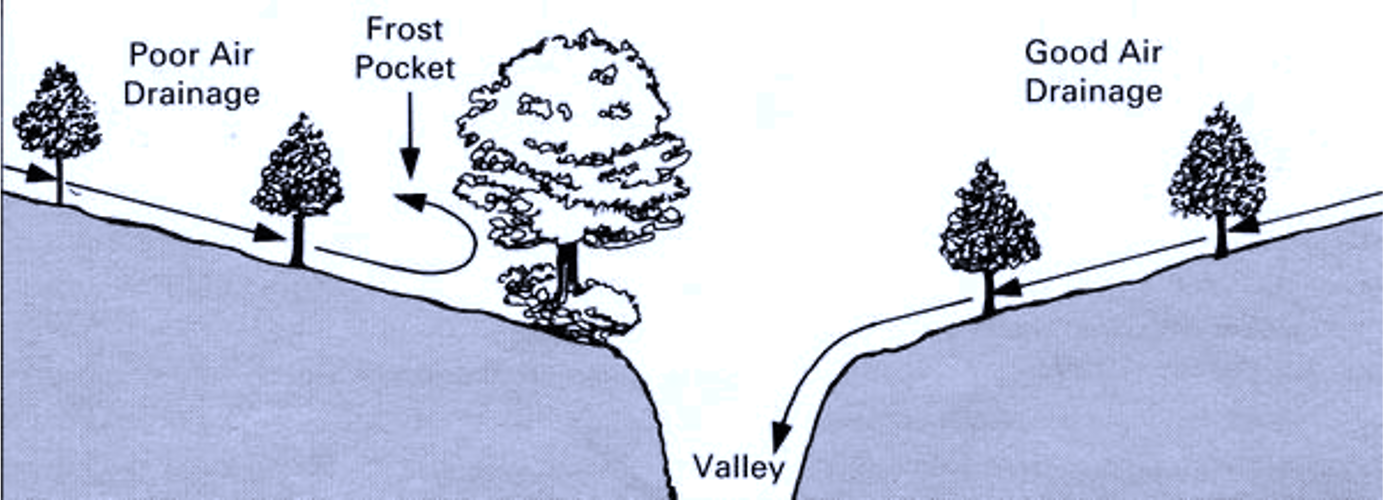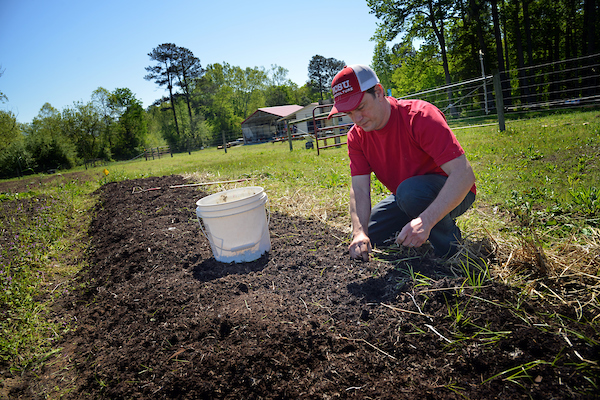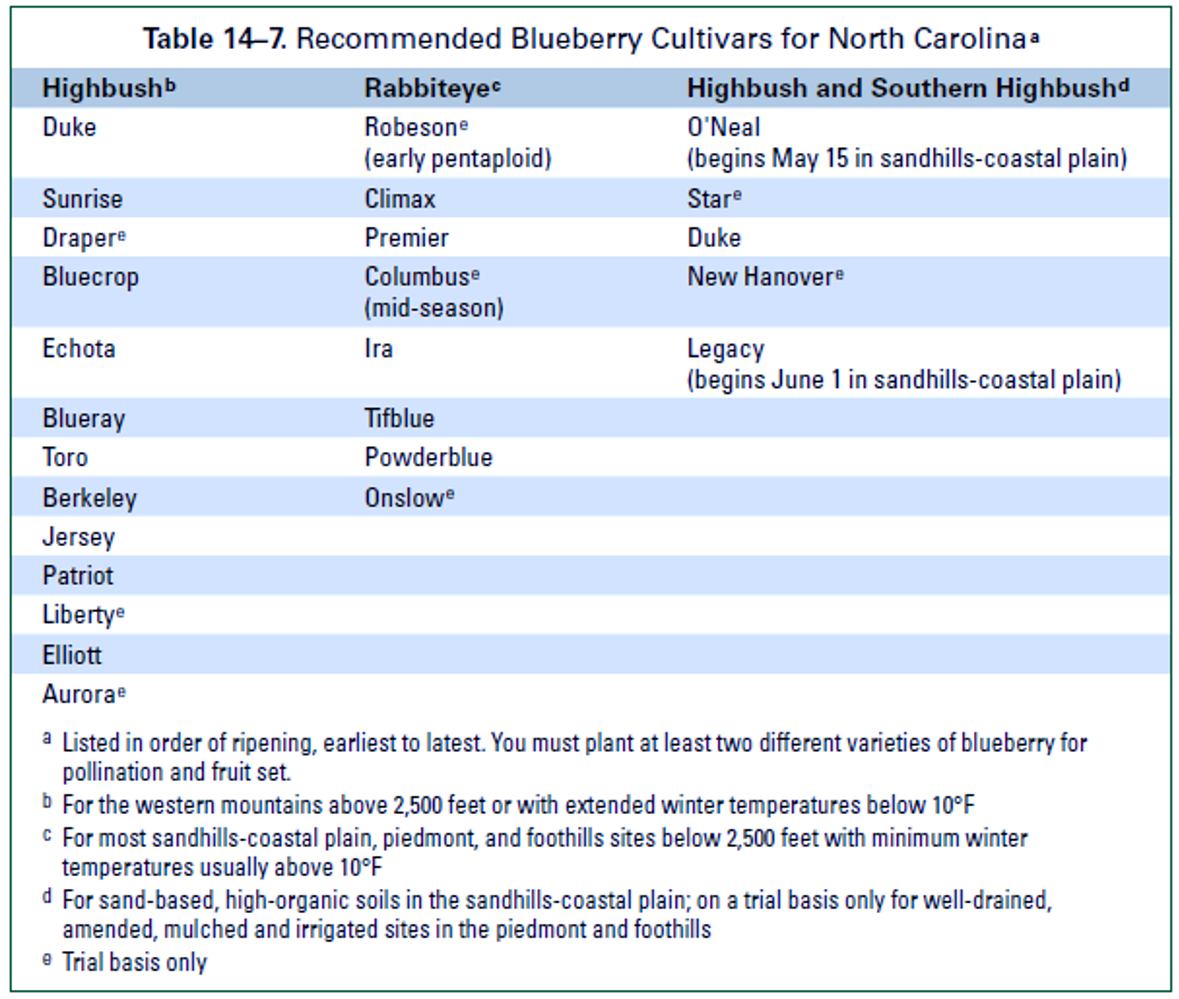Proper Planning for Growing Tree Fruits and Berries
go.ncsu.edu/readext?843481
en Español / em Português
El inglés es el idioma de control de esta página. En la medida en que haya algún conflicto entre la traducción al inglés y la traducción, el inglés prevalece.
Al hacer clic en el enlace de traducción se activa un servicio de traducción gratuito para convertir la página al español. Al igual que con cualquier traducción por Internet, la conversión no es sensible al contexto y puede que no traduzca el texto en su significado original. NC State Extension no garantiza la exactitud del texto traducido. Por favor, tenga en cuenta que algunas aplicaciones y/o servicios pueden no funcionar como se espera cuando se traducen.
Português
Inglês é o idioma de controle desta página. Na medida que haja algum conflito entre o texto original em Inglês e a tradução, o Inglês prevalece.
Ao clicar no link de tradução, um serviço gratuito de tradução será ativado para converter a página para o Português. Como em qualquer tradução pela internet, a conversão não é sensivel ao contexto e pode não ocorrer a tradução para o significado orginal. O serviço de Extensão da Carolina do Norte (NC State Extension) não garante a exatidão do texto traduzido. Por favor, observe que algumas funções ou serviços podem não funcionar como esperado após a tradução.
English
English is the controlling language of this page. To the extent there is any conflict between the English text and the translation, English controls.
Clicking on the translation link activates a free translation service to convert the page to Spanish. As with any Internet translation, the conversion is not context-sensitive and may not translate the text to its original meaning. NC State Extension does not guarantee the accuracy of the translated text. Please note that some applications and/or services may not function as expected when translated.
Collapse ▲Growing tree fruit and berries is a long-term relationship that takes some work and careful planning. Some fruits require more care than others and others are more reliable producers. Gardeners know that there are certain conditions under which plants thrive, but prioritizing a few basics for fruit production is especially important because it can take several years before tree fruit and berries even begin to bear fruit. In other words, the right conditions from the start and careful planning will increase your chances of getting a nutritious and edible product. Most of us would agree that is typically the goal when growing fruit! Several primary considerations when planning to grow fruit in your home landscape include: site selection, soil preparation, and variety selection.
When selecting a site take a close look at the sun, soil and cold air drainage, soil pH, access to water, weed population, and the available space. Just about all fruit need at least eight hours of sun. The soil pH in this area also tends to be too acidic for most fruits, so getting a soil test from our office will help you bring the pH up to the correct range for that particular plant by using lime. If you are growing blueberries however, you will likely need to lower the soil pH with sulfur. Adjusting the pH of the soil can take several months, or up to a year in some cases and this must be done well before planting! Frost and air drainage should be considered when choosing a growing site as well. Avoid planting in the coldest parts of the yard and frost pockets to avoid injury to your fruit as it is developing.

Avoid valleys and bottom land because these are areas where cold air will ”pool.” Wooded areas, buildings, and fences can cause cold air to pool as well resulting in spring frost damage.
For the most part, the soil tends to drain less readily than most fruits prefer in Randolph County and soil that is too wet promotes an environment for root rot diseases. For example, peach trees in standing water at any point in the season can die in as little as three days. An inexpensive and easy fix for this issue is to build up raised beds before planting. For fruit trees, mound up the soil 18-24” high and 4-8’ wide to create your beds. Similarly, for berries, the site preparation should include creating raised beds 6-12” high and around 4’ wide. 2-4” of compost should be incorporated into the top 6-10” of the bed and mixed in before planting. Typically, the higher you can mound the soil the better, since the beds will settle over time. Weeds and grass also should be eliminated from the beds well before planting to ensure that they do not compete with your crop as it is getting established.

This raised bed is perfect for planting most types of small fruit or tree fruit. Take note of the easy to maintain alleyways, weed free soil, and the general width of the planting area.
The beds should be in close proximity to a water source, or set up with drip irrigation system if you are planting at any type of scale. Regular watering is essential for high yields and fruits need 1” of water per week during the growing season. With some fruits, like apples, you will need more than one variety for pollination, so don’t forget to plan your spacing with that in mind. Another common mistake can be not carefully considering the size of the plant at maturity. Lastly, select varieties that are adapted to this geographic region. This is particularly important for longer lived fruit, like tree fruit. In most cases, there are specific varieties of each type of fruit that have been researched and bred to be specifically suited to this particular climate. Sometimes the best varieties for our area take a little extra work and shopping around to find, but it will be worth it due to the long-term investment in expenses, time, labor!

Blueberry varieties suited to each region of North Carolina. Chart from the NC Extension Gardener Handbook.
We are happy to help you select the best fruit for your family to grow based on your needs, help select the correct varieties, and go over site preparation if you would like to give us a call at 336-318-6000. To read more information on planting tree fruit and berries in any area of North Carolina, visit the North Carolina Extension Master Gardener Handbook online or view it in print by checking it out through the Randolph County public library system.




